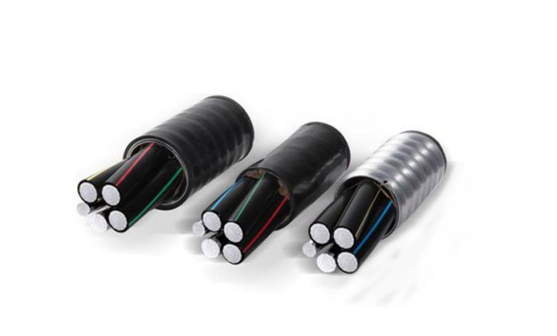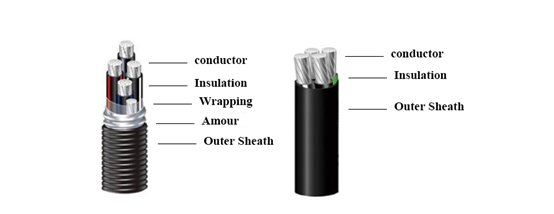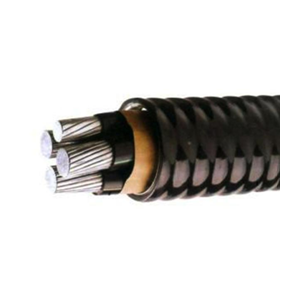On the afternoon of May 6th, Beijing time, according to Reuters, informed sources revealed that Apple is forming a senior medical technology team, which not only raised concerns of biotech companies, but also revealed that the company plans to be widely anticipated iWatch. What features are incorporated in smart watches and other wearable devices. Recruiting experts According to LinkedIn's data, Apple has at least six mainstream experts from the biomedical field in the past year. People familiar with the matter said that one of the experts had just changed jobs two weeks ago, and Apple is currently hiring other medical professionals and hardware experts, but the exact number is unknown. Many of the company's recruitment activities are aimed at sensor technology, which is also a major development area highlighted by Apple CEO Tim Cook last year. The industry believes that this move shows that Apple's new equipment will not only focus on fitness functions, but also monitor various human indicators such as blood sugar levels and nutrient content. “This is a very special area of ​​the biosensing industry,†said Malay Gandhi, chief strategy officer at RockHealth, a US venture capital firm. RockHealth has funded well-known wearable technology companies such as Augmedix and Spire, and Gandhi himself has learned about Apple's related moves. Apple is currently under pressure as Cook promises to enter new product categories this year. Since the release of the iPad in 2010, the company has not released a new product category, which is also a source of concern for investors. For this reason, despite a series of stock repurchases and dividend distribution plans, the stock is still far from the historical highs. Carl Icahn, a US-based activist, released a Twitter message on April 23, recognizing Apple’s quarterly results and stock repurchase program. “I believe we will be happy when we see new products,†he said. Direction of development Apple has registered the iWatch trademark in Japan. The company's various patents are related to wrist devices, and in February this year, it applied for a smart earplug patent that tracks user steps and detects head posture. A health care industry executive who declined to be named said he recently had contact with Apple executives' iWatch team. He said that the company's ambitions are not limited to wearable devices, they are still considering the model of the App Store, providing a complete health and fitness service platform. Apple spokesman Steve Dowling declined to comment on the company's plans and recent recruitment practices. The medical technology industry believes that Apple is developing a platform similar to the app store, allowing startups to develop their own software and hardware mobile medical applications. "Apple is clearly focusing on this area." Ted Driscoll said his venture capital firm Claremont Creek Ventures specializes in digital health and medical equipment. He said that Apple's focus seems to be to recruit engineers with experience in monitoring human indicators. Corner object The company's biomedical engineers are from companies such as Vital Connect Masimo Corp, Sano Intelligence and O2 MedTech. Masimo is best known for its pulse oximetry device, a non-invasive device that measures the patient's oxygen saturation to understand their respiratory function. The focus of Vital Connect is to track key human indicators such as heartbeat and body temperature. O2 MedTech is also experimenting with biosensors and developing new devices. A search of LinkedIn information reveals that Masimo Chief Medical Officer Michael O'Reilly, Cercacor CTO Marcelo Lamego, and Vital Connect Biosensor Technology Vice President Ravi Na. Ravi Narasimhan and Vital Connect embedded sensor expert Nima Ferdosi have joined Apple. According to people familiar with the matter, Alexander Chan, a former biomedical engineer at Vital Connect, has also gone to Apple. His LinkedIn data shows that he currently works for a "technology company." According to LinkedIn, Apple also recruited Nancy Dougherty, a former hardware expert for wearable sensor company Sano Intelligence, and Todd Whitehurst, vice president of Senseonics products at blood glucose monitoring equipment. Join. According to people familiar with the matter, Divya Nag, founder of StartX Med, a startup incubator under Stanford University, joined the Apple R&D team two weeks ago to focus on developing a healthcare product. Nag has not commented on this. Fedos declined to comment, and no other relevant respondents responded. Sano and Vital Connect also declined to comment. Masimo and Cercacor confirmed the departure of the relevant personnel. Senseonics did not respond to this. O2 MedTech is unable to get in touch with it. Reserve talent Daniel Kraft, a professor at Singularity University, led a project called FutureMed to explore emerging technologies and their potential applications in biomedical applications. He said that the first generation of iWatch may have tracking capabilities for key human indicators such as blood pressure and heart rate. He expects Apple to eventually launch a device that continuously monitors blood sugar levels without blood collection. "Some of the talents recruited by Apple have received a lot of trade secrets," said Joe Kiani, CEO of medical equipment company Masimo Corp. The company's chief medical officer, O'Reilly, was migrating Apple in mid-2013. Ziani said that Apple provided researchers with a generous salary, but did not clearly point out their research direction. "They just reserve talent," he said. "I just hope that Apple doesn't do what we do." Regulatory issues If Apple really wants to develop health care functions beyond fitness monitoring, it may face some regulatory obstacles. The New York Times reported in January that executives, including O'Reilly, had met with senior officials from the US Food and Drug Administration (FDA), including drafting guidelines for mobile health products for the FDA. Bakul Patel. The FDA announced in the fall of 2013 that it will regulate the use of smartphones as medical devices and the desire to use them as medical devices. This may include applications and accessories that can monitor lung function and analyze urine, but do not include equipment such as the Nike (72.25, -1.04, -1.42%) FuelBand bracelet. The latter will only track the number of steps the user has and will not provide medical advice. Apple has witnessed competitors' attempts and failures in this area. The Samsung Galaxy Gear smart watch was criticized after its launch, and consumers also rated it equally. A report by investment firm Endeavour Partners found that one-third of US consumers with wearable devices abandoned the device within six months of use. The key challenges of this type of product are battery life, appearance, usability and medical relevance. This month, Nike also confirmed that the company has already laid off staff for the FuelBand team. At the same time, Google is adopting a different model. In March of this year, the company launched a pre-emptive Android Wear system specifically tailored for wearable devices. Like Apple, Google has also shown interest in medical technology: the company is also exploring contact lenses that detect tear glucose levels.
Rare Earth Aluminum Alloy Power Cable is kind of cable, in which the rare earth high iron
aluminum alloy is used as conductor, flame-retardant organosilane cross-linked
polyethylene is used as insulation and the self-locking armored
structure is installed, has completely independent intellectual property
rights and removed the defects of aluminum cable systematically. The
environment-oriented insulation materials with low smoke, free halogen and
being fire-retardant have greatly reduced risk of being on fire. This cable can
installed in moist environment. The cables boasts large current carrying
capacity and convenient and low cost installation and maintenance.
Standard: GA306 Jacket: PVC
Conductor: aluminum alloy Cores: single core or multicore
Insulation: XLPE/PVC Rated voltage: 0.6/1KV
Advantages:
Application:
Welcome to visit our factory to learn more about us. If
you have any questions, please feel free to contact us.
Rare Earth Aluminum Alloy Cable Rare Earth Aluminum Alloy Cable,Aluminum Alloy Electric Cable,Rare Earth Aluminum Alloy Power Cable,Aluminum Alloy Armoured Cable Smartell Technology Co.,Ltd , http://www.liencable.com

